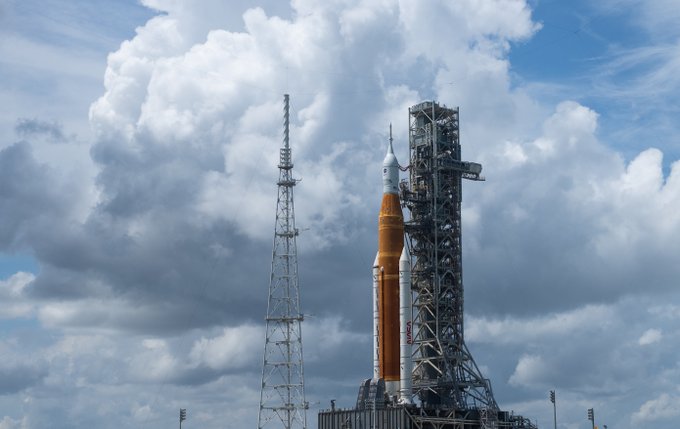Samsung heads into CES 2026 with momentum Samsung Electronics is closing out 2025 with a strong signal of where its future tech ambitions lie….
Watch: Countdown to NASA Artemis 1 launch, watch it here

Nasa plans to launch its next-generation Artemis 1 moon rocket around the moon and back on Saturday, September 3 from the Kennedy Space Center in Cape Canaveral, Florida.
This is NASA’s second try after an initial launch failed due to some technical issues.
An initial attempt to launch identified that one of the rocket engines failed to reach the proper pre-launch temperature required for ignition, forcing the postponement.
On Saturday afternoon, at around 2 pm the Orion astronaut capsule will launch, for a six-week test flight, with no crew.
The trip is expected to take six weeks with the 32-story tall space launch system carrying the Orion capsule only to release it into orbit.
The launch was initially scheduled for Monday but tests and repairs forced the agency to reconsider their timeline.
We’re now targeting Saturday, Sept. 3 for the launch of the #Artemis I flight test around the Moon. The two-hour launch window opens at 2:17 p.m. ET (18:17 UTC). pic.twitter.com/MxwdcKHGdd
— NASA (@NASA) August 30, 2022
A hydrogen leak was discovered as a possible issue, with a crack in thermal insulation as another possible issue on the exterior of the rocket.
The launch is expected to be ground shaking, with the four shuttle engines and solid fuel boosters generating an earth shaking 8.8 million pounds of thrust to propel the rocket away from the pad at the Kennedy Space Centre.
The Orion is expected to orbit around the moon for about two weeks of observation and tests before descending back to earth and landing on October 11. Note. The date may change.
Here’s how to watch the launch on Saturday.
You can follow updates on Twitter @NASA.
NASA may likely stream the launch for viewers and you can watch it below or you can watch it here (footage from CBSNews).
Also read: Here’s how you can host a Podcast on Twitter
Featured image: @NASA/Twitter

